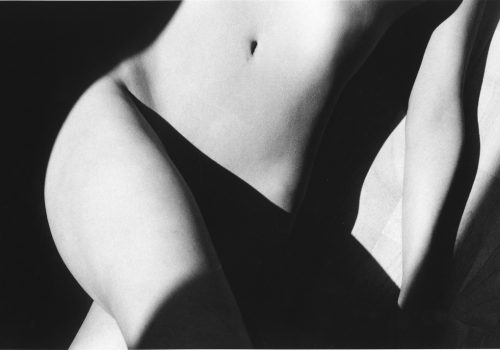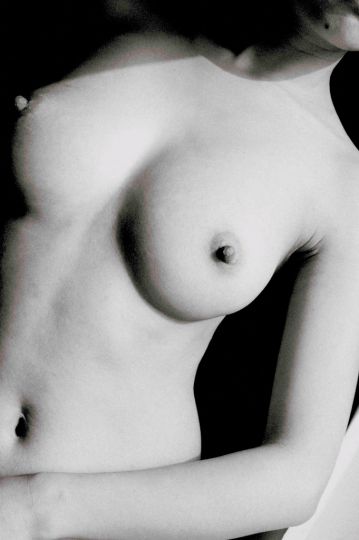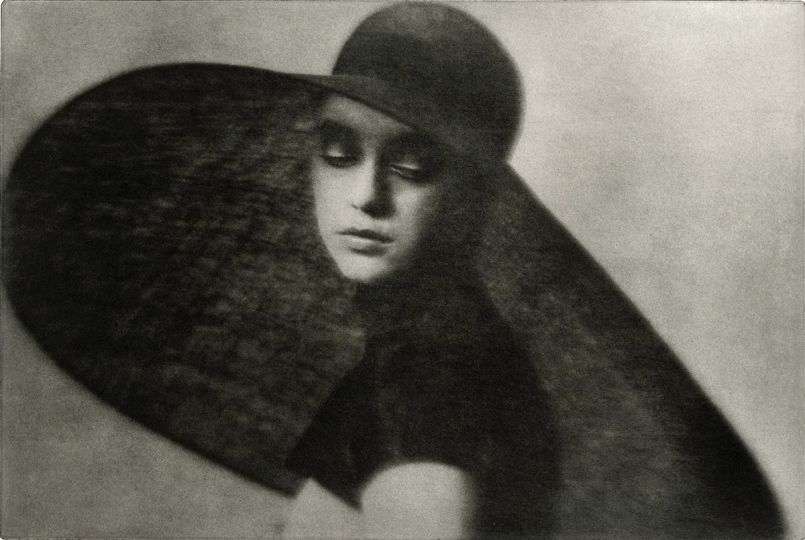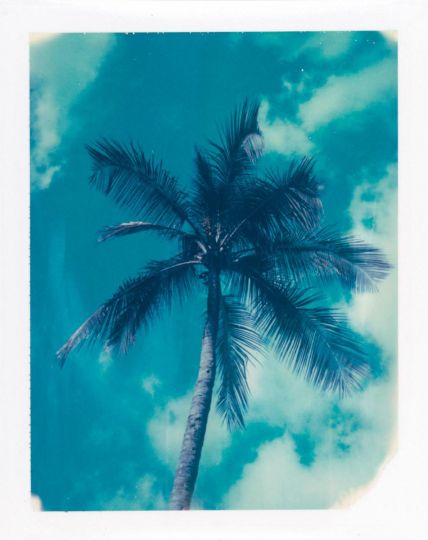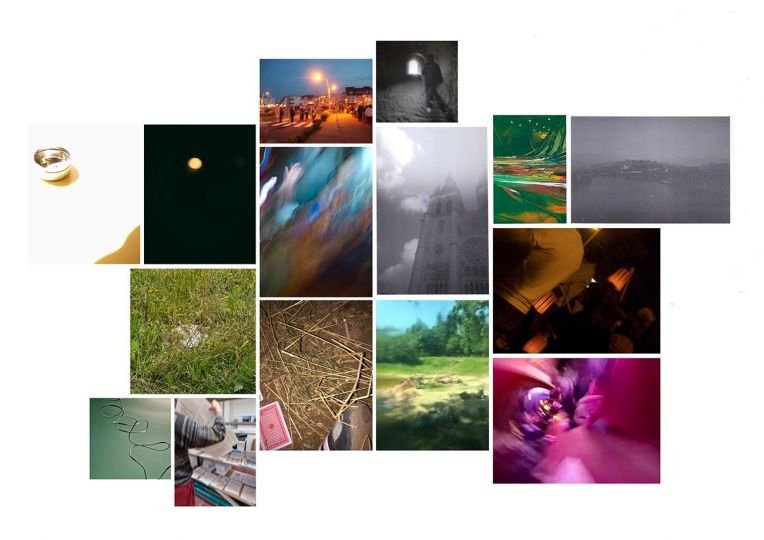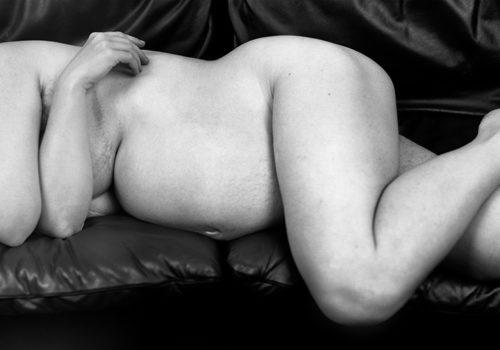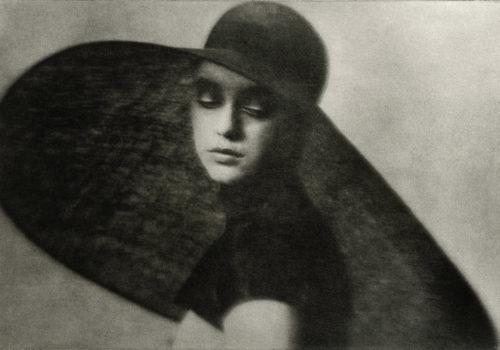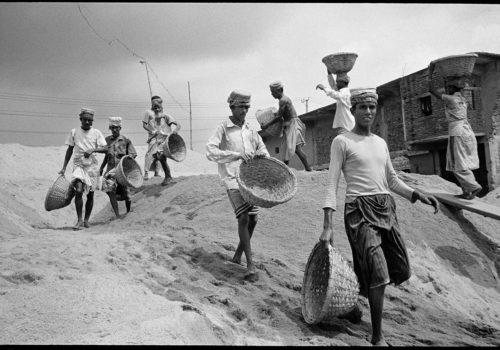This month Taschen is publishing a new book by the American photographer Ralph Gibson featuring some of his best nudes. Deftly composed and subtly provocative, these dreamlike and abstract photographs take a refined approach to nudity. Gibson trained his lens on every part of the female body, from the hidden and intimate to the most obvious. Some parts of the body are overshadowed by the simple beauty of the texture of the skin. But some refuse to be eclipsed.
An interview by Jonas Cuénin.
Is there a woman or a type of woman that you prefer ?
Not really. I feel that the challenge of the subject of the nude is to find something in every body, something new that I could discover in every body that I photograph. And I attempt it all the time.
Could you give us some examples?
If you have a book like this one, where you turn the 400 pages, and you know that every page is going to be a nude, it’s very important to put some serious conceptual distance between every page.
Is there a part of the female body that you prefer?
Not really. I cannot do much with ears. I don’t do much with feet. On every body that you see, some parts would be better, so I go for the good ones.
Is it possible to be a bit voyeur and at the same time well-intentioned?
Yes, for the first 10 or 15 seconds. It’s very exciting. Then it becomes quickly very academic. The first seconds are sexy.
Could you describe your experience of a nude photoshoot and its energy?
Well, a lot of these pictures happen during workshops in my stage. So, I do 2 or 3 workshops a year, in some interesting places in the world. There would always be a nude location: interesting furniture, interesting room, interesting beach, interesting something. I work very much with what I discover in the location as well as in the figure. Years ago, my dear friend Helmut Newton told me that when he did white women, he was shooting these girls at the end of commercial sales. He had all the Bulgari jewels, the entire make up and the shoes. And at the end of the shoot, he would do personal work. And I took this idea in my workshops. I’m not interested in bringing a girl at 3 o’clock to my apartment .
You had a close relationship with Helmut Newton. What did you learn from him and what did you teach him?
We would arrange to meet in anywhere in the world. The four of us: June and Mary Jane as well. I remember when we were in the desert of Arizona, we would look at the waitress. And I would say: ‘Do you think she is’. And he would answer: ‘I don’t know, what do you think?’ The question was: do we think she’s photogenic? Over the years, we had a long discussion about what are the qualities that makes someone photogenic. In my experience, it’s somebody who imagines himself passing through one generation of film, screen or paper, and projects this image.
So it’s not only a beautiful girl?
No, many times, you meet a famous model and she’s very indifferent in real life. Sometimes you meet a cleaning lady and she’s probably more photogenic.
In your work, you play a lot with light, shadows, contrasts, and lines. Why did you adopt this style?
It’s something that just came to me. I believe the light is something essential to the figure. I’ve said that a nude is essentially a lightning event.
Your work is mostly composed of black and white pictures. Is color not appropriate to nude photography?
Black and white is more dramatic and color is the challenge to make it more dramatic than black and white. I find the first one more abstract.
Why is nude photography more an affair of parts and details than of the body in its entirety?
If I take a picture of a nude woman with a face, it’s a specific person. It could be Mary Jane, nude. If I take a picture of her arm, that’s a universal women’s arm. I’m not very much interested in nude portraits.
Is it also more of a romantic vision?
Perhaps. It’s also broader.
In the seventies, your pictures were revolutionary in the nude genre. Could you remind us why?
I was not trying to make them revolutionary; I was trying to make photographs that satisfied me personally. They were daring. I re contextualized the meaning of the pictures.
Some photographers would use more medium format cameras for nude photography. Why do you use Leicas?
I decided when I was 21 that I could fulfill my potential with the rangefinders. Two best decisions I ever made in my life was to stick with the Leica and to do Yoga every morning. I do it every morning, even today. I wish I’d done many other things with the same ‘exigence’.
What do you think of today’s nude photography?
Well, I don’t really pay attention to it. Today, I’m in my studio, I play my guitar, I work on my compositions, I work on books, I make films, I take photographs and I like to travel and see new things. Though I go to occasional shows. Eric Fishl said to me: ‘Let’s go see Matisse at the MET’. I need to see great masterpieces at this point.
What hasn’t been done in nude photography?
An approach to the figure remains to be discovered. We have been looking at the nude since the Venus of Willendorf, 25 000 years before Christ, and that must tell you about the nature of the subject, it’s something which we can continue to examine. I call it ‘Looking into the psychological mirror of the human body’.
What can be expect from you in the next months or years?
I’m working on my thoughts about photography and art. I have a big book, 200 pages on my quest, my writings, and my influences. I would like to take everything I know about photography and put it into a single photography. I wrote this in my journal: ‘I’m good enough to know how good I really could be’.
Jonas Cuénin
Nude
Ralph Gibson, Eric Fischl
Hardcover
26.8 x 35.7 cm, 336 pages
$ 69.99
ISBN: 9783836528269

